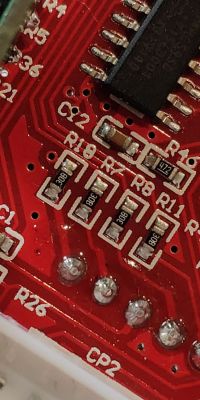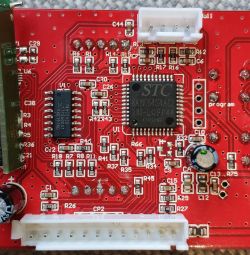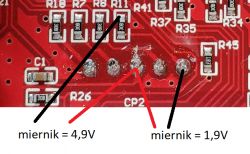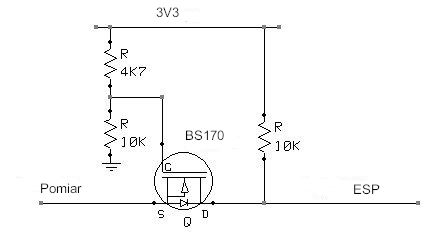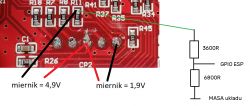Hi,
I have this problem.
I would like to read the status of a 7 segment display from one device (controlled by a controller from the board of that device, you know) using an external ESP8266.
The model of the display is 10016BH (10 pin).
How can and should I hook up to this display to read the state of each segment using the GPIO on the ESP8266?
Thank you in advance .
.
I have this problem.
I would like to read the status of a 7 segment display from one device (controlled by a controller from the board of that device, you know) using an external ESP8266.
The model of the display is 10016BH (10 pin).
How can and should I hook up to this display to read the state of each segment using the GPIO on the ESP8266?
Thank you in advance







